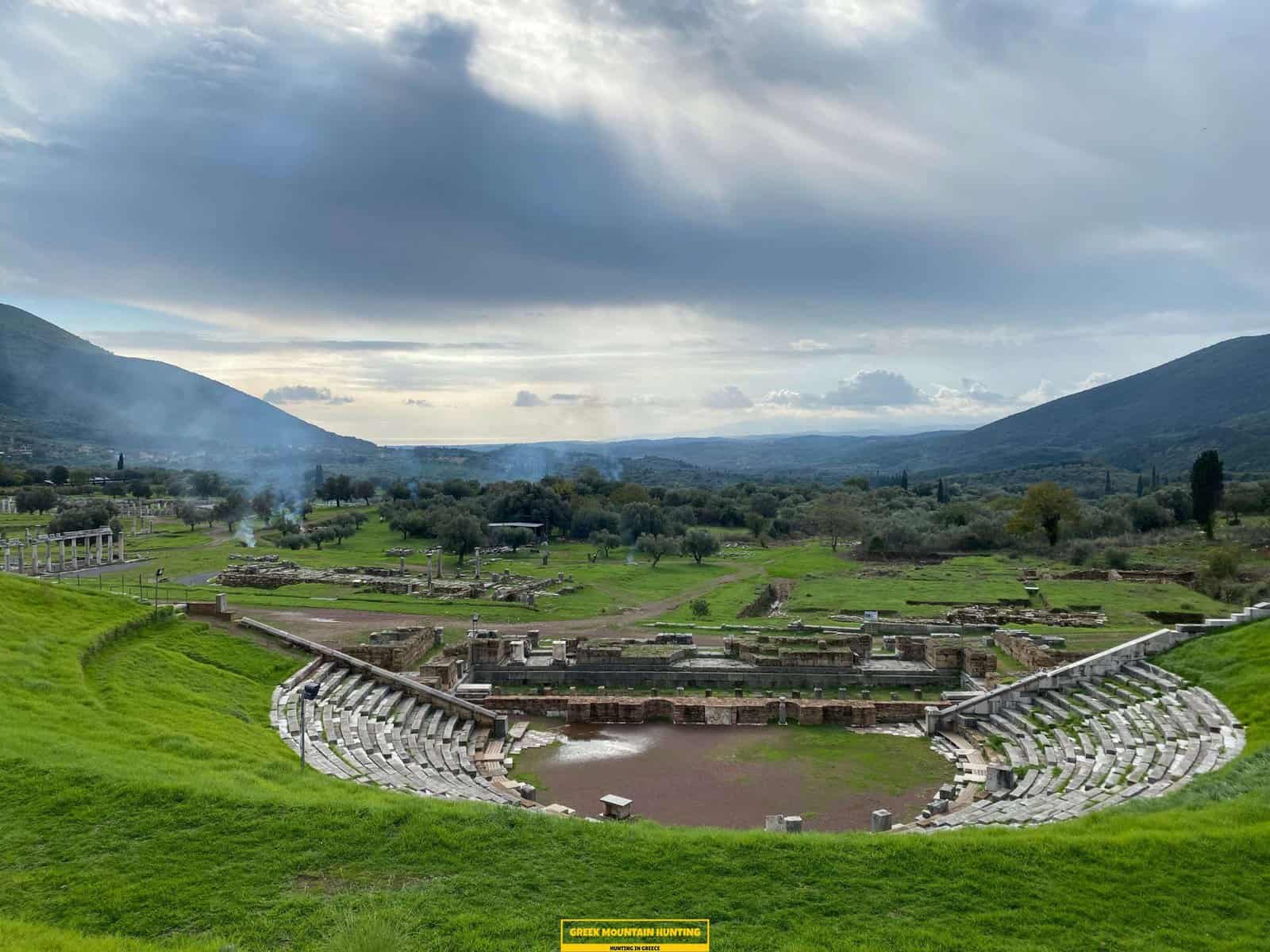Hunting for Kri Kri ibex as well as fishing in Greece
Hunting for Kri Kri ibex as well as fishing in Greece
Blog Article

The Kri Kri ibex search in Greece is an unbelievable hunting getaway and also an interesting searching exploration all rolled right into one. Hunting for Kri Kri ibex is a miserable experience for the majority of hunters, but not for me! It's an extraordinary hunt for a lovely Kri Kri ibex on an unique island as we explore old Greece, dive to shipwrecks, and quest during five days. What else would you such as?

This Ibex is not a little Capra aegagrus bezoar ibex, which has actually moved to the western extremity of this types' range. The kri-kri (Capra aegagrus cretica), additionally referred to as the Cretan goat, Agrimi, or Cretan ibex, is a feral goat living in the Eastern Mediterranean. The kri-kri has a light brown coat with a darker neck collar. Two sweeping horns job from the head. Throughout the day, they conceal to stay clear of tourists. In nature, the kri-kri can leap or climb seemingly sheer cliffs.
The first thing you will certainly discover when you get here in the Peloponnese peninsula is the strikingly gorgeous landscape. The mountains, woodlands, rivers, and lakes make this area a nature enthusiast's heaven. There are also plenty of chances for treking, angling, swimming, and other outside tasks. The Peloponnese peninsula is not just concerning its natural beauty; there are also various historical as well as cultural websites to check out. Do not forget additionally fishing, free-diving and also searching. A few of one of the most preferred visitor locations in the Peloponnese consist of old Olympia, Epidaurus, Mycenae, as well as Sparta. These locations supply a remarkable glance right into Greece's abundant background as well as culture. If you have an interest in discovering more concerning Greek folklore, after that you will absolutely wish to go to Mount Olympus, home of the 12 Olympian gods. Obviously, no trip to Greece would certainly be total without attempting some of the delicious food. The Peloponnese peninsula is residence to a few of the best olive oil in the world as well as feta cheese, olives, honey, and a glass of wine. See to it to attempt some of the local specializeds such as dolma (stuffed grape leaves), Souvlaki (smoked meat skewers), as well as Gyro (meat covered in pita bread).
So if you are trying to find a genuine Greek experience away from the pressure of tourism after that look no further than Methoni in The Peloponnesos! Our outside searching for Kri Kri ibex, fishing, complimentary diving and also touring Peloponnese excursions from Methoni are the perfect way to discover this beautiful area at your very own pace with like minded people. Get in touch with us today to schedule your place on among our tours.
What is the diference between Kri Kri ibex, Bezoar ibex and hybrid ibex
The kri-kri is not thought to be indigenous to Crete, most likely having been imported to the island during the time of the Minoan civilization. Nevertheless, it is found nowhere else and is therefore endemic to Crete. It was common throughout the Aegean but the peaks of the 8,000 ft (2,400 m) White Mountains of Western Crete are their last strongholds–particularly a series of almost vertical 3,000 ft (900 m) cliffs called ‘the Untrodden’—at the head of the Samaria Gorge. This mountain range, which hosts another 14 endemic animal species, is protected as a UNESCO Biosphere Reserve. In total, their range extends to the White Mountains, the Samaria National Forest and the islets of Dia, Thodorou, and Agii Pandes.
This Ibex is NOT a diminutive form of the Bezoar Ibex, which has migrated into the western-most reach of the range of this species. The kri – kri (Capra aegagrus cretica), sometimes called the Cretan goat, Agrimi, or Cretan Ibex, is a feral goat inhabiting the Eastern Mediterranean, previously considered a subspecies of wild goat. The kri-kri has a light brownish coat with a darker band around its neck. It has two horns that sweep back from the head. In the wild they are shy and avoid tourists, resting during the day. The animal can leap some distance or climb seemingly sheer cliffs.
“The agrimi goat Capra aegagrus cretica is unique to Crete and its offshore islands. It has been identi®ed as a sub-species of the wild bezoar goat Capra aegagrus aegagrus Erxleben, 1777, which it closely resembles in horn shape, body form and coloration. This classi®cation has been disputed by some researchers who claim that the agrimi are feral goats, derived from early domestic stock brought to the island by the ®rst Neolithic settlers. In order to clarify this issue, DNA analyses (cytochrome b and D loop sequences) were carried out on tissue of live and skeletonized agrimi and compared to sequences of wild and domestic caprines. Results conclusively show the agrimi to be a feral animal, that clades with domestic goats (Capra hircus) rather than with wild Asiatic bezoar. This study demonstrates that morphometric criteria do not necessarily re¯ect genetic af®nities, and that the taxonomic classi®cation of agrimi should be revised.”
Report this page